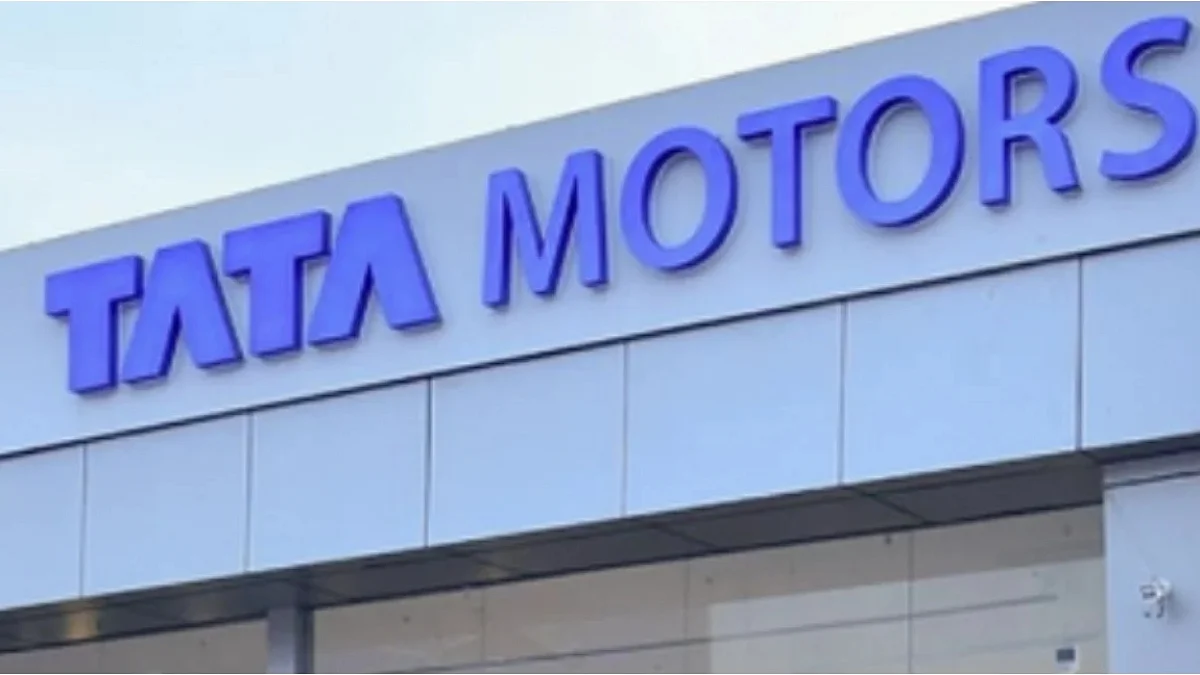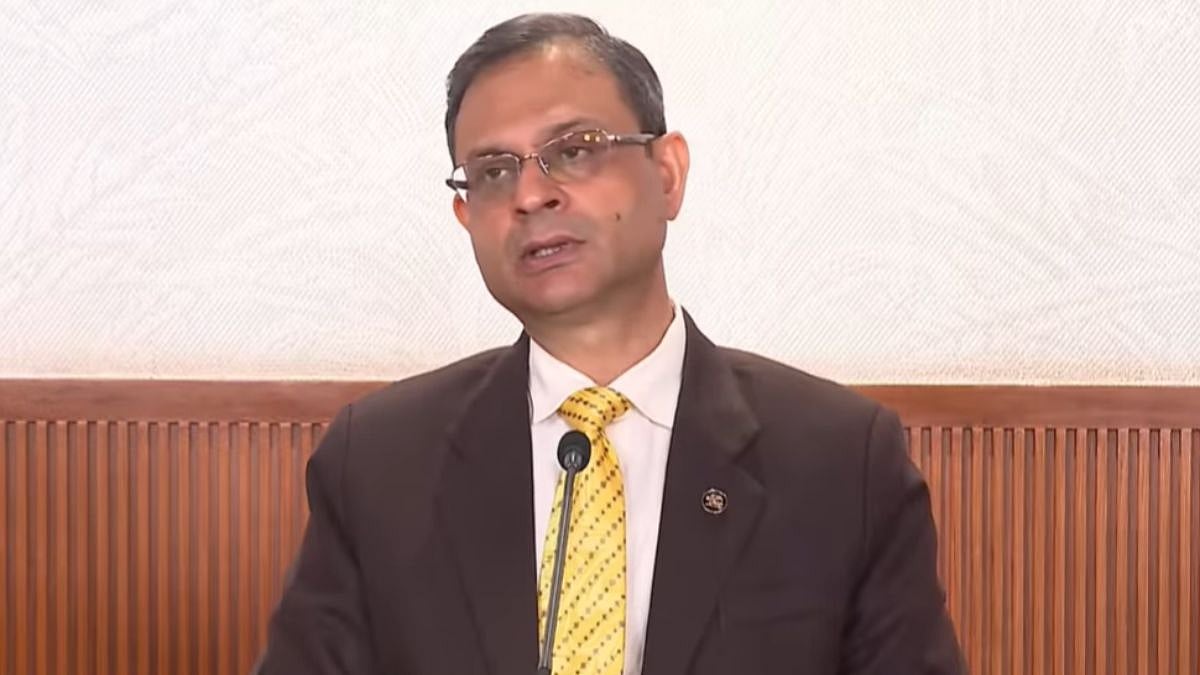Nikola Tesla, a child genius, engineer, inventor, and physicist, made significant contributions to the fields of science and engineering. But despite his many successes, Tesla's life was marked by tragedy. His story is one of brilliance and hardship, he saw everything from great success to financial struggles. Let's see how his life full of success took a tragic turn.
Early life and education
Tesla, the fourth of five children in a family of Serbian heritage, was born in 1856 in Croatia. His father was a clergyman, while his mother was an inventor in her own right as she designed a handheld eggbeater. It was his mother who fostered his interest in science and engineering. As a student, he excelled in math and physics and later went on to work as an electrical engineer in several European countries before he emigrated to the US in 1884.
Successes and breakthroughs
After he emigrated to the US, he started to make a name for himself as an inventor and engineer. The most significant achievement in his career was the development of the AC motor. Prior to his invention, most electric motors used direct current (DC), which had limitations in transferring power over long distances. After his invention, there was a widespread adoption of alternating current in power transmission.
Once Tesla had solved the problem of creating an AC motor, Westinghouse hired him and bought his AC patent to commercialise the motor. George Westinghouse wanted to unseat Edison's DC current, so he got the patents for $60,000 in stocks, cash, and royalties based on the electricity sold.
But this created competition between Edicon's General Electric Company and Westinghouse, which led to the company running out of money. Westinghouse had to ask Tesla to reduce the royalties as they were not able to pay, and Tesla, understanding the situation, tore up the contract, giving up billions.

The second major achievement was that of the Tesla coil, a high-voltage transformer that is still being used in TV and radio technology and other applications like wireless energy transmission and electrotherapy. This coil enabled the production of high-voltage, high-frequency alternating current, making Tesla a leading figure in the field of electrical engineering.
He also made other important discoveries during 1899, when he moved to Colorado Springs. He produced artificial lightning, and he also detected electromagnetic radiation from lightning.
Financial struggles
Tesla's inventions saw a great amount of success, but throughout his career he faced significant struggles. In the late 1800s, he established the Tesla Electric Company to commercialise his innovations and inventions. But, the company struggled to find investors and failed to continue. This impacted Tesla's career and personal life as he started facing financial hardships while struggling to find any funds for his research.
He also failed to complete an ambitious project to build a wireless energy transmission tower. The tower is called the 'Tesla Tower' and according to Tesla would help transmit electrical power wirelessly over long distances.
He also went through personal setbacks as he struggled, which resulted in the deterioration of his mental health. In his later years, he was also struggling with personal relationships.

By 1912, he had become very compulsive. He started to count his steps, and he even insisted on having 18 napkins on the table.
Despite all his attempts, he could never fully recover from the financial and personal setbacks. Even in his last year, he struggled with poverty and poor mental health. He died alone on January 7, 1943, at the age of 86, in Room 3327 of the New Yorker Hotel due to coronary thrombosis. It is said that shortly after his death, US government agents swept into the hotel to gather notes and files to check for any evidence of a device called 'death ray' which he claimed would change warfare forever.
Despite his tragic life, his inventions have had a lasting impact. He is now widely recognised and celebrated as a pioneering figure in the fields of engineering and electricity.
His most known namesake though is Tesla Motors that was incorporated in July 2003 by Martin Eberhard and Marc Tarpenning. The company's name is a tribute to Nikola Tesla, in order to inform the public of his inventions. In 2004, Elon Musk became the biggest shareholder and CEO, turning the company into one of the most valuable car companies in the world.


.webp)







